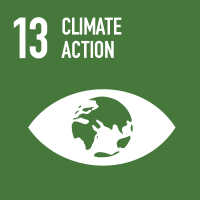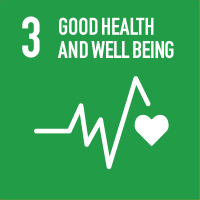Studying at the University of Verona
Here you can find information on the organisational aspects of the Programme, lecture timetables, learning activities and useful contact details for your time at the University, from enrolment to graduation.
Study Plan
The Study Plan includes all modules, teaching and learning activities that each student will need to undertake during their time at the University.
Please select your Study Plan based on your enrollment year.
1° Year
| Modules | Credits | TAF | SSD |
|---|
2° Year activated in the A.Y. 2023/2024
| Modules | Credits | TAF | SSD |
|---|
3° Year activated in the A.Y. 2024/2025
| Modules | Credits | TAF | SSD |
|---|
| Modules | Credits | TAF | SSD |
|---|
| Modules | Credits | TAF | SSD |
|---|
| Modules | Credits | TAF | SSD |
|---|
| Modules | Credits | TAF | SSD |
|---|
Legend | Type of training activity (TTA)
TAF (Type of Educational Activity) All courses and activities are classified into different types of educational activities, indicated by a letter.
Food chemistry - CHIMICA DEGLI ALIMENTI (TEORIA) (2023/2024)
Teaching code
4S02768
Teacher
Credits
4
Language
Italian
Scientific Disciplinary Sector (SSD)
CHIM/10 - FOOD CHEMISTRY
Period
Semester 1 dal Oct 2, 2023 al Jan 26, 2024.
Courses Single
Not Authorized
Program
• Introduction to the course
• Water
Water in food. Free and bound water. Water activity. Aspects related to water activity and total humidity: shelf life and phase transitions.
• Amino acids, peptides and proteins
Functions of proteins in organisms and foods. Structure and classification of amino acids, chemical-physical and sensory properties. Essential amino acids. The peptide bond. Classification and properties of peptides. Structure and classification of proteins. Examples of proteins that are important from a dietary point of view: meat and wheat proteins. Protein denaturation. Modifications of the side chain of amino acids. Physico-chemical and technological properties of proteins.
• Carbohydrates
Functions of carbohydrates in organisms and foods. Carbohydrate classification. Monosaccharides. D and L series. Stereoisomerism of monosaccharides. Cyclic forms. Mutarotation. Reactions of monosaccharides in acidic and basic environments. Caramelization. Maillard reaction. Strecker reaction. The glycosidic bond. Disaccharides. Polysaccharides.
• Lipids
Functions of lipids in organisms and foods. Lipid classification. Fatty acids, structure and nomenclature. Saturated, monounsaturated and polyunsaturated fatty acids. Essential fatty acids. Examples of fatty acids of vegetable and animal origin. Alterations of the lipid fraction of foods. Lipolysis and ketonic rancidity. Autoxidation of lipids. Enzymatic oxidation. Natural and synthetic antioxidants. Alterations deriving from deep-frying. Unsaponifiable fraction: hydrocarbons, steroids, tocopherols and carotenoids.
• Vitamins
Structure and classification of water-soluble and fat-soluble vitamins. Degradation of vitamins.
• Polyphenols
Structure and classification of the main phenolic classes. Functional properties and transformations of polyphenols.
• Relationship between chemical composition and sensory aspects.
Notes on the sensory analysis of food. Substances responsible for colour. Main classes of odour-active volatile compounds. Basic odours. Odor threshold. Substances responsible for taste. The umami component of taste. Difference between taste and flavour. Off-flavours.
• Food additives
General aspects on food additives. Additives aimed at improving the nutritional value of food. Flavor enhancers, additives with a refreshing action, sweeteners of natural and synthetic origin, colourants, antimicrobials, antioxidants, emulsifiers.
• Contaminants
General aspects on food contamination. Sources of contamination and main classes of food contaminants.
Didactic methods
Frontal lessons
Learning assessment procedures
Oral exam
Evaluation criteria
Level of knowledge of the course contents
Ability to identify relationships and links between the topics covered
Ability to present the contents with the correct terminology
Exam language
Italiano



